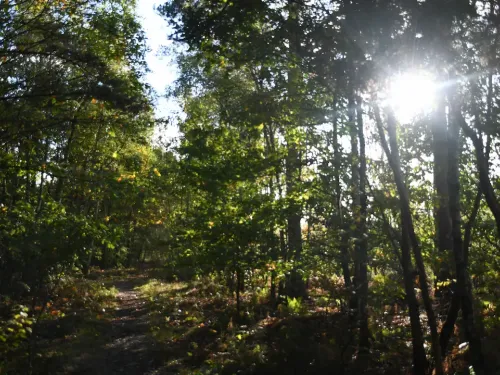
Save the Blean
Kent Wildlife Trust is concerned that planned developments in Dunkirk and Canterbury, including 2,000 new homes, will restrict vital wildlife corridors in the Blean area, threatening local biodiversity.
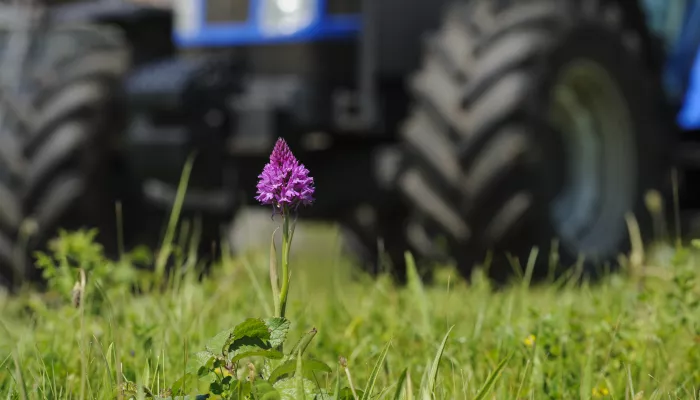
Kent Wildlife Trust is working to raise awareness of the issues affecting wildlife. We campaign for positive change for nature and people and helping local communities to save special places for wildlife.
We welcome the support of Kent's communities with these campaigns - together we can work to protect wildlife now and into the future.
Take a look at our most recent campaigns and find out how you can get involved to speak up for wildlife in our county.
For more information about Planning and Development and how you can respond to planning applications click here.

Kent Wildlife Trust is concerned that planned developments in Dunkirk and Canterbury, including 2,000 new homes, will restrict vital wildlife corridors in the Blean area, threatening local biodiversity.
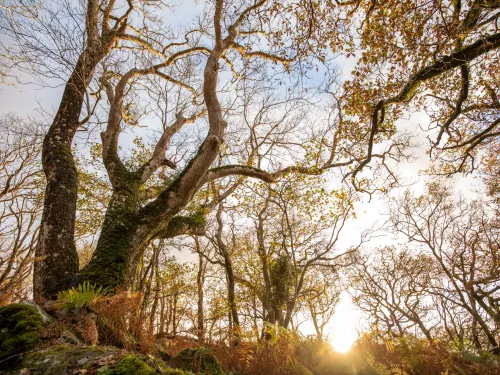
A proposed quarry extension threatens to destroy at least 50 hectares of ancient woodland, adding to the 32 hectares already lost in 2013, making it one of the most significant environmental threats in the area this century.
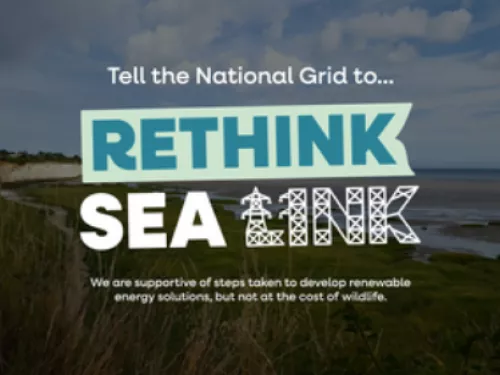
We urge the National Grid to explore alternative cable routes between Suffolk and Kent, amid concerns that current plans prioritise cost over protecting wildlife in a National Nature Reserve of international importance.
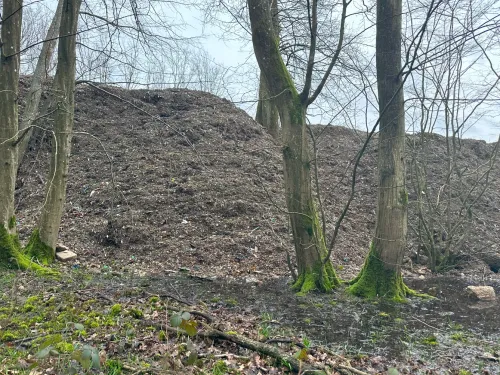
A once-thriving woodland sanctuary for local and rare flora and fauna has been decimated as a result of illegal waste activities.
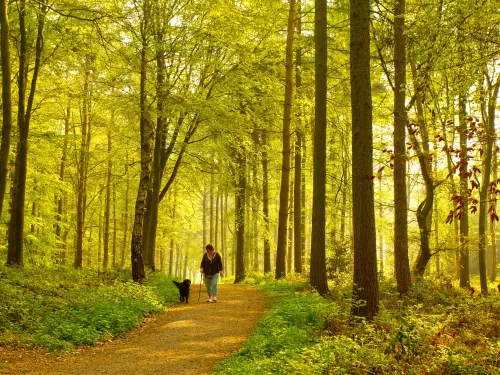
While dog-walking may seem harmless, it can disturb wildlife. Striking a balance between responsible dog-walking and wildlife protection is essential, read on to learn how you can help.
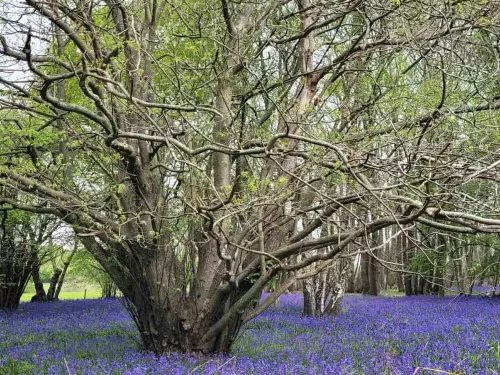
The Lower Thames Crossing, linking Kent and Essex via a tunnel under the Thames estuary, threatens irreplaceable ancient woodland. Kent Wildlife Trust opposes the development due to its environmental impact.
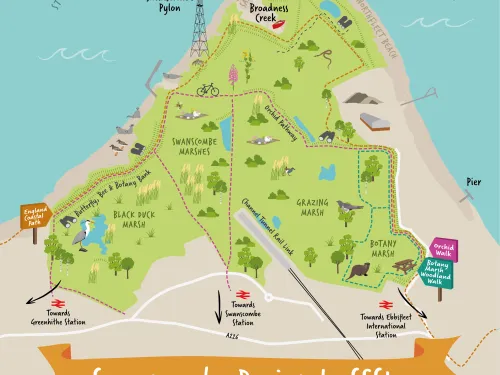
A victory for nature: The proposed London Resort theme park on the Swanscombe Peninsula has been stopped. Kent Wildlife Trust opposed the development, and a successful campaign led to this area being protected.
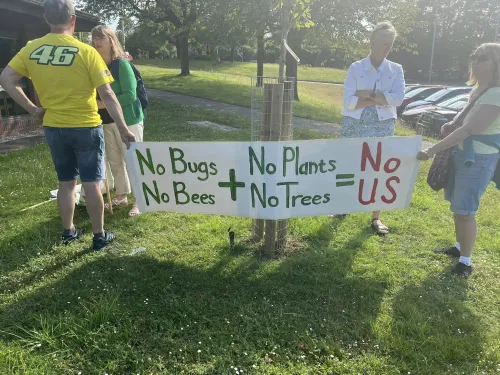
Two approved planning applications for a hotel and surf pool at Betteshanger threaten the site's role in ecological mitigation. We support the campaign group working to ensure the development delivers the best possible outcomes for nature.
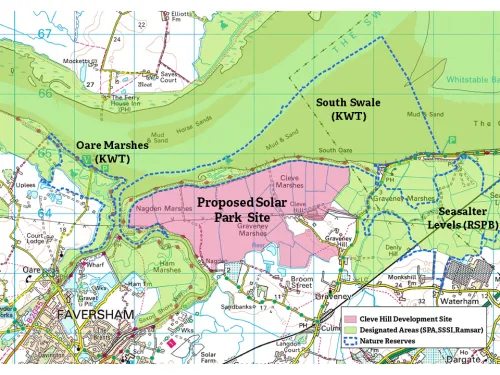
Cleve Hill Solar Park, approved by the Secretary of State, will install 800,000 solar panels across 360 hectares. We are actively working to secure the best possible outcomes for wildlife.